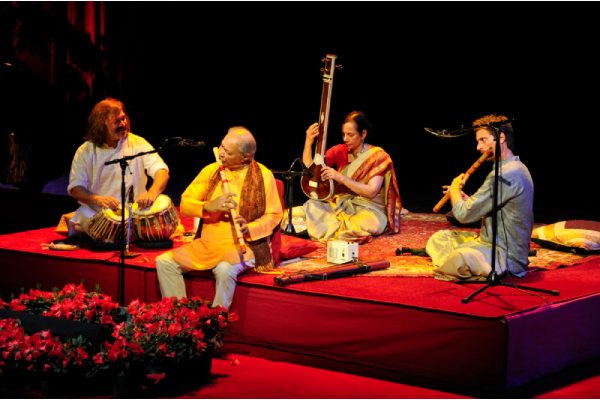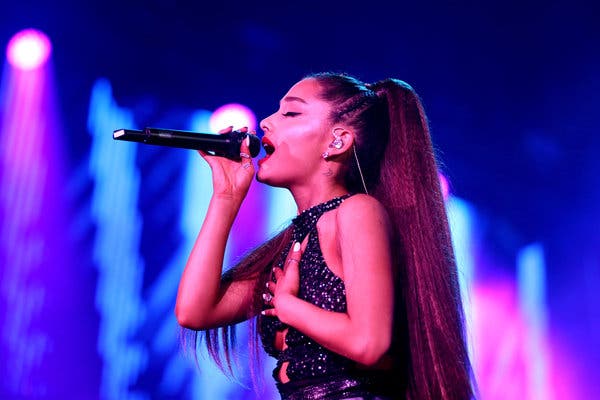Introduction:
Hindustani and Carnatic music are both Indian classical music styles, however there are a few fundamental differences between them.
Hindustani music is distinguished by its vocal technique, which involves producing elaborate patterns of notes at various pitches with the voice.Songs can cover a wide range of topics, from societal issues and love stories.
Carnatic music has a long tradition in India, but it emphasises rhythm over melody. Long melodic themes recur throughout the song, accompanied by simple instrumentation like as drums or even a tamboura (traditional string instrument).Carnatic music is mostly composed of stringed instruments, whereas Hindustani music is primarily composed of drums, percussion instruments, and wind instruments.
1. Music From India
Hindustani singing is a traditional genre in Indian traditional and folk music based on seven notes out of which melodies are created. Hindustani ragas are made up of basic scales such as sa re ga ma pa dha ni, which can be played in major or minor tones for more variety.
To be called a raga, all compositions must have at least five of the 10 fundamental thaats—or modes—from which subsequent ragas have emerged.
The word “raga” comes from two words: “rang,” which means “colour, mood, or emotion,” and “gi,” which means “melody”; when these two words are combined, they produce feelings like melancholy (or deep grief), anticipation, and so on .
2. Music From The Carnatic Tradition
The Sanskrit phrase Karnâtaka Sangîtam means “traditional” or “codified” music, which is whence Carnatic music gets its name. It has been a vital element of Tamil Nadu’s, Kerala’s, Andhra Pradesh’s, and Karnataka’s strong display for Dravidian culture ever since birth. It is made up of a system of Thalam (thala)and Ragam
Bhajan songs of praise, as well as current topics using Hindu scriptures like as the Ramayana and Mahabharata, are among the numerous types of Carnatic Sangeet that have evolved throughout time.
There are several types of Carnatic music. Gitam is the most basic and widely used form, consisting essentially only one track with such a simple, beautiful raga flow.
Varnam is a type of Carnatic music composition that is amongst the most essential. Regarding Hindustani music, a Varnam has no equivalents, and it can also be performed without accompaniment.
3.Hindustani Vs. Carnatic Music: What’s The Difference?
Carnatic music and Hindustani music are very distinct from one another. The main distinction is also that Hindustani music is based on ragas, whereas Carnatic music is based on kritis, however both use gamaka-based notes extensively in their compositions.
The sarangi is a popular instrument in Hindustani music, however most carnatic tunes feature a violin.
While vocal based with in Carnatic tradition (with certain instances), dhruti such as vocals prevail in much more traditional forms like dhrupad styles – which can be performed without any musical accompaniment when called khayal performances.
Carnatic music is indeed an ancient sort Indian classical music genre that originated from South India, whereas Hindustani music came out of Norse music that had been passed down for generations. Dhrupad, Khayal, Tarana,
Thumri, Dadra, and Gazals are some of the most popular vocal styles.
It was thought to have been a unified rhythmic tradition without any major distinctions among both region as well as religion until the 13th century, but this belief has already been challenged over time by scholars such as Ravi
Shankar, who believe which Carnatic developed together across original lines, untouched by outside influences, whereas Hindustani incorporated Persian and Islamic traditions out of their own synthesis.
Carnatic music has a more restrained intellectual nature than Hindustani, which leads to some fascinating disputes among cultural theorists about whether art should represent reality.
Hindustani music is indeed a diverse and beautiful kind of Indian music.
Niraval (solo vocal with light variations), Alapana (pure instrumental) and Kalpanaswaram are examples of Carnatic music improvisation (singing to accompaniment from instruments such as the Mridanga and the Kanjira).
Although Hindustani and Carnatic do not have identical gharanas, they do share some similarities: Hindustanis perform ragams, while Indians who sing Carnatic melodies do Ragam-Tanthiri, which means “playing combinations.”
4.Can you explain the tempo difference?
Hindustani music has a grandeur aspect to it, with slower tempos and long note values. A performance’s intensity is determined by the emotions that the performer is portraying, and it becomes more intense as the performer attempts to express their emotions powerfully enough for the audience to understand.
Carnatic music, on the other hand, frequently play at a faster tempo while preserving short notes in order to appeal to an eager audience looking for something thrilling and fast-paced throughout their performances.
5.How do instruments differ?
From the tabla to the clarinet, Indian music contains a wide variety of instruments. The sarangi and sitar are among the instruments used in Hindustani music, whereas the Carnatic tradition focuses solely on vocals.
In Carnatic traditions, mridanga drums are used to accompany both Hindu instrumentalists and vocalists; however, violin is frequently used to replace the khanjira or veena for rhythm.
6.Which is the most well-known?
It should come as no surprise that Carnatic and Hindustani Music complement each other well. After all, what appeals to one person will appeal to the other. Whatever sort of art you have been working with, if something can feel sweeter than before, it should do a lot of work to make things more engaging for everyone who is listening or watching.
There seems to be no distinction between Indian classical techniques, regardless of whether this performer learned from beginner’s level classes or had been practising their instrument since childhood.
Conclusion:
This is a long-debated topic. Despite the fact that now the Hindustani and Carnatic approaches to music are diametrically opposed, both argue that the other’s system is lesser or less difficult than their own. there is only one winner, this naturally produces conflict between these two Indian classical music genres. Who do you believe is in the correct position?






